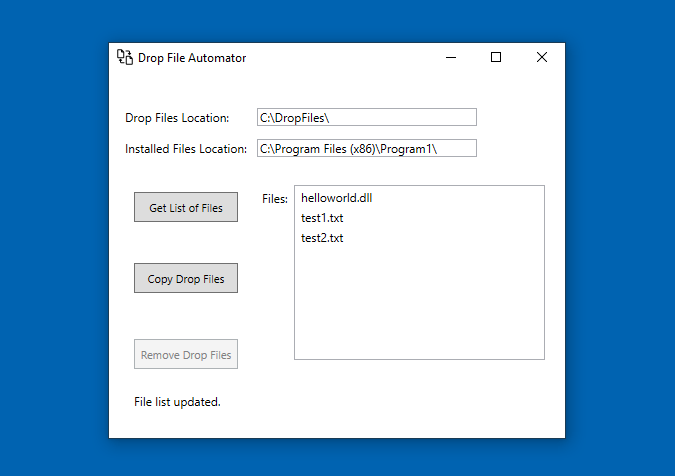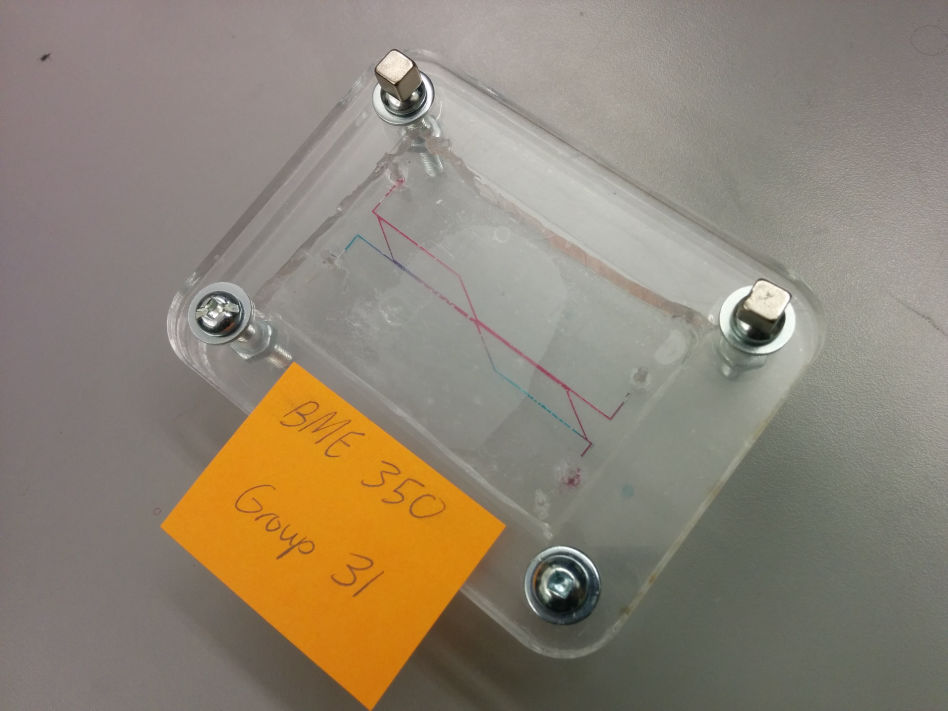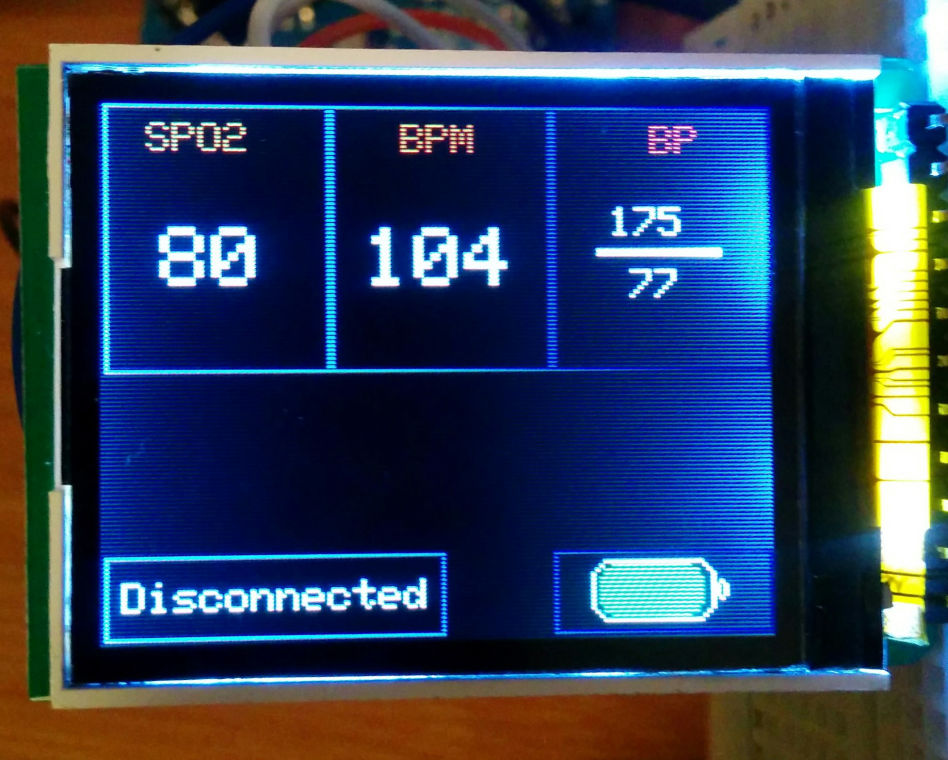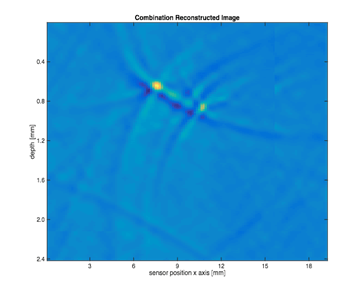Projects
April 2019-present

Cameleon Tactical Command & Control
While working at Teledyne FLIR, I have worked on dozens of unique projects involving the Cameleon Tactical software solution. Working with clients to develop key features and our developers to execute on those requirements, I have been involved with various stages of the products life-cycle. This includes learning API specifications for new integrations, developing algorithms for data processing, planning system configuration designs of multi-sensor systems (radars, PTZ cameras, access control systems, microwave fence detectors, IO devices, etc), and executing final commissioning of site installations.
May 2021 - Feb 2022

3D printed parts for local dental clinic
Over the past few years, I have assisted a local dental clinic with plastic parts that needed replacement at a fraction of the typical cost. Parts were measured and then modeled using Solidworks. The parts were printed using a Monoprice Mini FDM printer using PLA plastic. Example of parts printed include: bite stick tool for CT, custom face mask holder (left bottom), bite stick registration tool (left top), sanitation wipe divider, and a tool drawer key.
November 2021
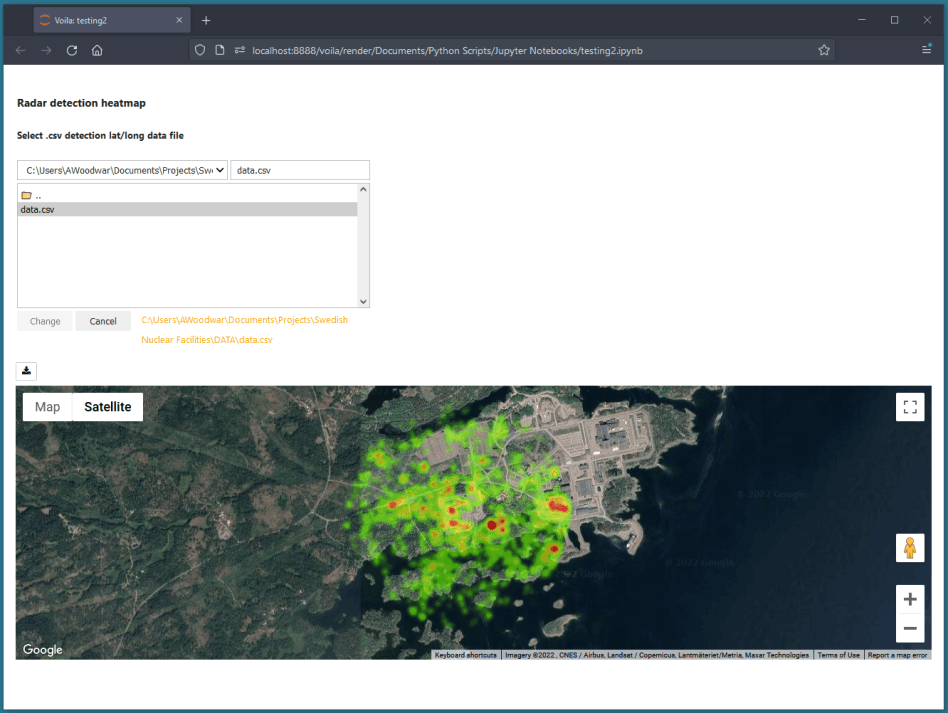
Radar detection data web-tool
Written in Python utilizing Voila, Jupyter, and Pandas this simple tool was created to assist with analyzing radar target data. This interactive web interface could be used to load target data from a CSV file and resulted in an interactive map with a heat-map overlay. Further analysis was conducted using Matplotlib to generate resulting figures.
